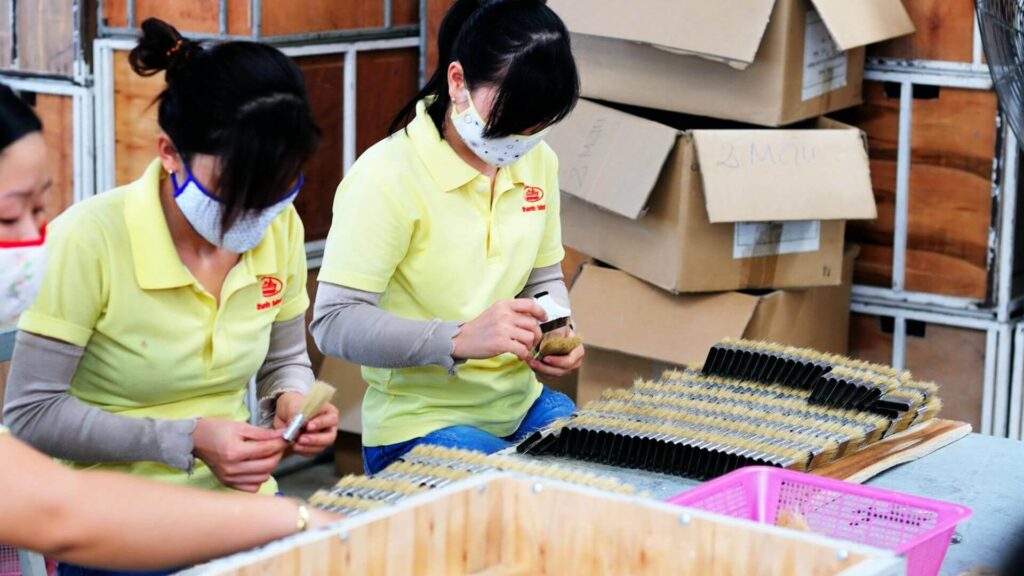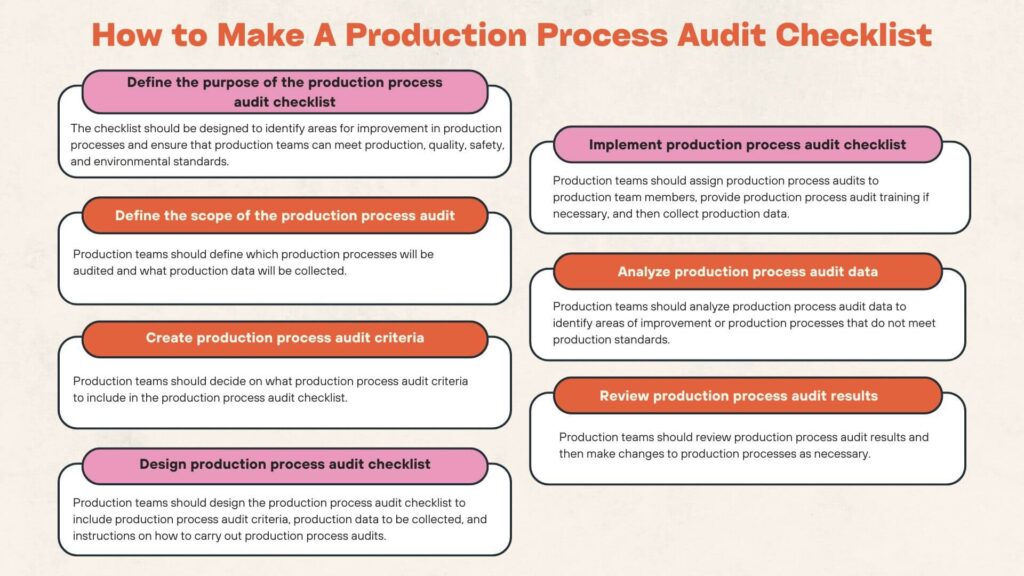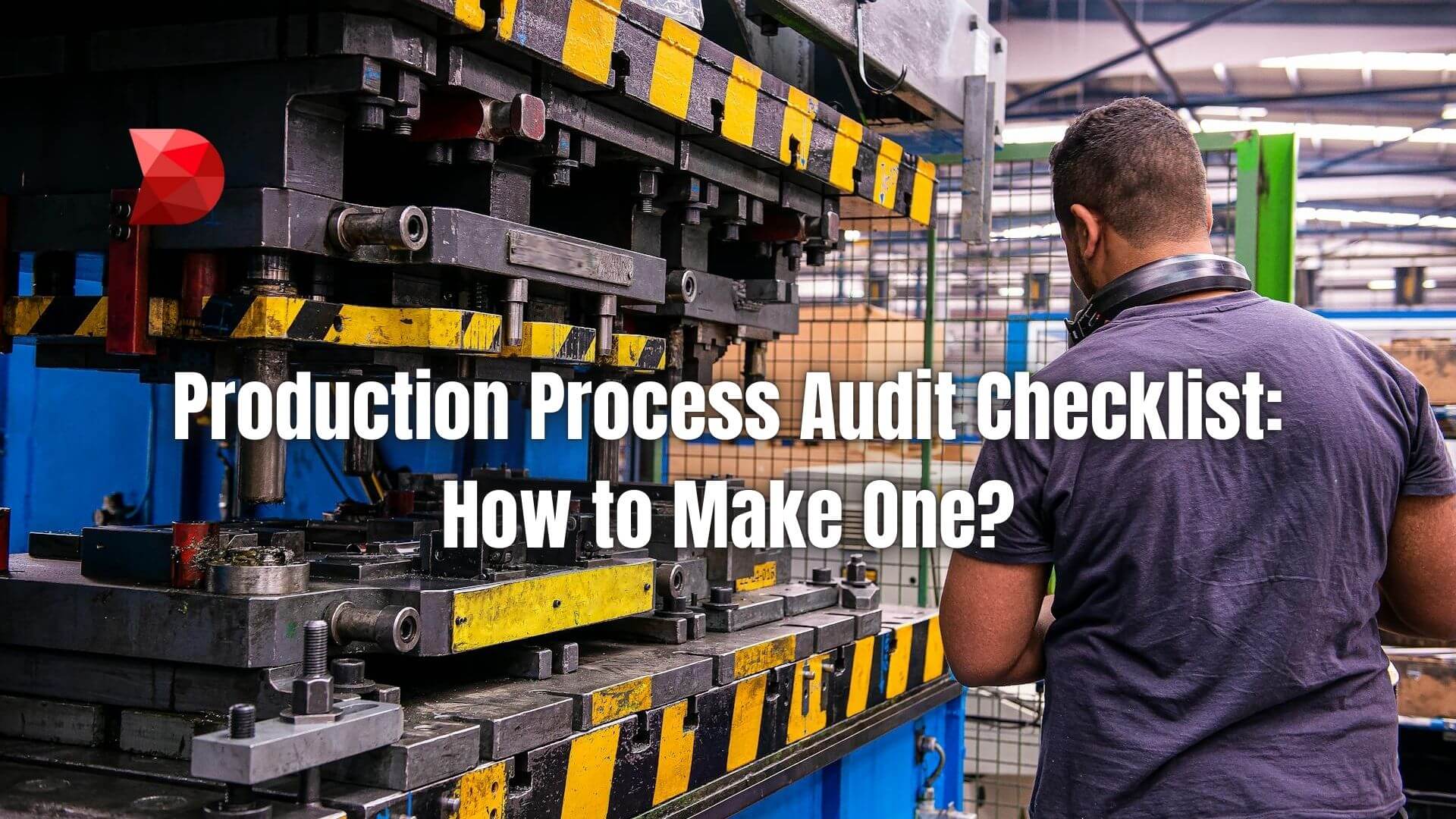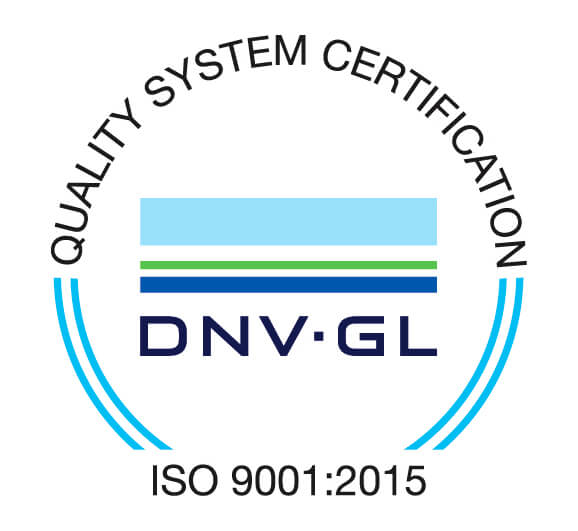Any good manufacturing system must include auditing its production processes. It guarantees that the production process is effective, efficient, and complies with all relevant laws. From the intake of raw materials to the output of final goods, a production process audit checklist helps guarantee that every facet of manufacturing is tracked. This guide will explain a production process audit checklist and how it can be created to improve your production processes.
Table of Contents
ToggleWhat is a Production Process?

A production process is the steps or activities involved in converting raw materials into finished goods. It includes all production stages, from production planning, purchasing, and storage of inputs to production lines, production scheduling and control, quality assurance, and product shipment.
What is a Production Process Audit?
A production process audit is an assessment or evaluation of production processes to identify areas for improvement. It aims to ensure that the process follows best practices and meets industry standards and any applicable regulations.
Regular production process audits can help production teams identify issues before they become major problems, resulting in cost savings, improved production outcomes, and higher customer satisfaction. At the same time, they can provide production teams with valuable data and insights, allowing them to make better decisions.
The Importance of Regular Production Process Audits

Regularly reviewing your production processes is crucial for maintaining efficiency, quality, and compliance. By conducting production process audits, businesses can:
- Identify and eliminate inefficiencies: Pinpoint areas where time, materials, or labor are wasted, enabling you to optimize resource allocation and streamline operations.
- Proactively address potential issues: Detect and resolve problems before they escalate into costly setbacks, ensuring smoother production flow and minimizing disruptions.
- Reduce production costs: Optimizing processes and reducing waste can lower overall production expenses and improve profitability.
- Enhance product quality: Consistent audits help maintain high product standards by identifying and correcting defects or variations in the production process.
- Ensure regulatory compliance: Verify that your operations adhere to industry standards and legal requirements, mitigating risks of penalties or legal issues.
- Gather valuable data and insights: Collect information about production performance to inform decision-making, track trends, and identify improvement opportunities.
- Improve customer satisfaction: By producing high-quality products consistently, you can enhance customer satisfaction and loyalty.
- Achieve production goals: Frequent audits assist in tracking advancement toward production goals and implementing the required modifications to maintain focus.
- Foster a culture of continuous improvement: By regularly assessing processes, you create a mindset of ongoing optimization and innovation.
What is a Production Process Audit Checklist?
A production process audit checklist is a tool used by production teams to document their production process audit results. It typically includes questions or criteria related to production processes and should cover all aspects of production, from production planning and scheduling to quality control.
The production process audit checklist should be tailored to the production team’s specific production processes and any applicable industry standards and regulations. This tool provides a comprehensive overview of production processes and will help production teams easily identify areas for improvement.
The checklist should be updated regularly to ensure production processes remain up-to-date, and production teams should aim to complete production process audits at least twice a year.
What to Include In A Production Process Audit Checklist
Production teams should take into account the following elements when developing a checklist for a production process audit:
- Production planning: Are production plans and schedules in place?
- Production lines: Is production equipment up-to-date and well-maintained?
- Inputs: Are raw materials high quality and available in sufficient quantities?
- Scheduling and production control: Is production tracking in place?
- Outputs: Do production outcomes meet customer requirements?
- Quality assurance: Are production processes adequately monitored, and are quality assurance standards met?
- Product shipment: Are production outputs shipped on time and in accordance with delivery requirements?
- Safety and health regulations: Are production processes in line with applicable safety and health regulations?
- Environmental regulations: Are production processes aligned with applicable environmental regulations?
How to Make A Production Process Audit Checklist
To make sure production teams have the information they need to track production processes and enhance production results, a production process audit checklist must be created. Here is a step-by-step walkthrough for creating a production process audit checklist:

- Define the purpose of the production process audit checklist: The checklist should be designed to identify areas for improvement in production processes and ensure that production teams can meet production, quality, safety, and environmental standards.
- Define the scope of the production process audit: Production teams should define which production processes will be audited and what production data will be collected.
- Create production process audit criteria: Production teams should decide on what production process audit criteria to include in the production process audit checklist. These should be tailored to the production team’s production processes and any applicable industry standards and regulations.
- Design production process audit checklist: Production teams should design the production process audit checklist to include production process audit criteria, production data to be collected, and instructions on how to carry out production process audits.
- Implement production process audit checklist: Production teams should assign production process audits to production team members, provide production process audit training if necessary, and then collect production data.
- Analyze production process audit data: Production teams should analyze production process audit data to identify areas of improvement or production processes that do not meet production standards.
- Review production process audit results: Production teams should review production process audit results and then make changes to production processes as necessary.
Frequently Asked Questions (FAQs)
Q1: How often should production process audits be conducted?
The frequency of production process audits depends on several factors, including industry regulations, product complexity, and the company’s risk tolerance. While there’s no one-size-fits-all answer, regular audits, at least annually, are generally recommended. High-risk or complex processes might require more frequent audits, while low-risk processes can be audited less often.
Q2: Who should be involved in conducting a production process audit?
A production process audit team should typically include representatives from different departments to ensure a comprehensive evaluation. This might include members from quality control, production, engineering, and management. External auditors or consultants may also be involved, depending on the company’s requirements.
Q3: How can I ensure that audit findings are implemented effectively?
Effective implementation of audit findings requires a structured approach. Establish a clear action plan outlining corrective actions, responsibilities, and deadlines. Follow up regularly to monitor progress and ensure that the necessary changes are made. It’s also crucial to communicate the audit findings and corrective actions to all relevant stakeholders.
Q4: What’s the difference between a production process audit and a quality audit?
While there is overlap, a production process audit focuses on the overall efficiency and effectiveness of the production process, including factors like equipment performance, workflow, and resource utilization. A quality audit, on the other hand, examines explicitly the quality system and whether it meets predefined standards and customer requirements.
Q5: How can I measure the return on investment (ROI) of production process audits?
Measuring the ROI of production process audits can be challenging, but it is essential to justify the audit process. Key metrics to consider include cost savings, defect reduction, increased productivity, and improved customer satisfaction. By tracking these metrics over time, you can demonstrate the value of the audit program.
Q6: What are some common challenges in conducting production process audits?
Common challenges include resistance to change, lack of resources, and difficulty in collecting accurate data. Overcoming these challenges requires strong leadership, effective communication, and the use of appropriate audit tools and methodologies. Additionally, providing clear communication about the benefits of the audit process can help gain support from employees.
Conclusion
Creating a comprehensive production process audit checklist is essential for maintaining efficiency, quality, and compliance within your manufacturing operations. By systematically evaluating your processes, you can identify bottlenecks, reduce waste, and ensure adherence to industry standards.
This article provided a step-by-step guide to building your audit checklist, highlighting key components to consider and the importance of regular audits. Remember, a well-executed audit is not just about finding problems but also about implementing solutions and driving continuous improvement.
To streamline your audit process and gain valuable insights, consider leveraging digital tools like DATAMYTE’s Digital Clipboard. This platform allows you to create customized checklists, automate data collection, and analyze results efficiently.
By taking the initiative to create and implement a robust production process audit checklist, you’re taking a significant step towards optimizing your operations and achieving long-term success.
Create Production Process Audit Checklists with DATAMYTE
DATAMYTE is a quality management platform with low-code capabilities. Our Digital Clipboard, in particular, is a low-code workflow automation software that features a workflow, checklist, and smart form builder. This tool lets you streamline production process audits by easily creating and using a production process audit checklist that ensures thorough and consistent evaluations across all stages of production.
DATAMYTE also lets you conduct layered process audits (LPA), a high-frequency evaluation of critical process steps, focusing on areas with the highest failure risk or non-compliance. Conducting LPA with DATAMYTE lets you effectively identify and correct potential defects before they become major quality issues.
With DATAMYTE, you have an all-in-one solution for efficiently managing and streamlining production process audits. Book a demo now to learn more.



